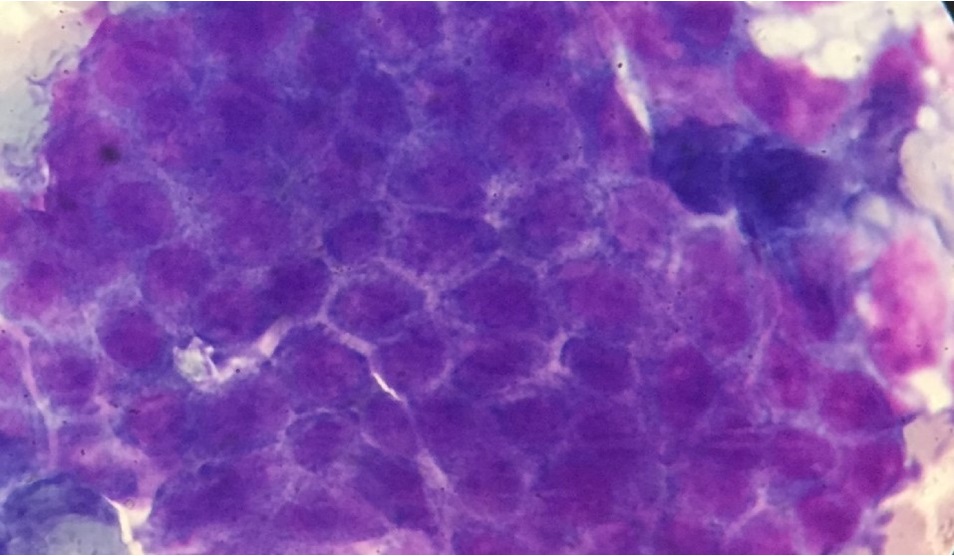Weight loss surgery linked to improvement in breathing issues for obese patients
A new study led by researchers at Imperial College Healthcare NHS Trust suggests that bariatric surgery, also known as weight loss surgery, may reverse some of the negative effects of obesity on the respiratory system.
The study, published in the journal Radiology and funded by the Royal College of Radiologists, used computed topography (CT) scanning to evaluate changes in the respiratory systems of 51 individuals who had undergone bariatric surgery at the Trust.
Bariatric surgery is a treatment for patients who haven’t responded to other weight loss approaches, which reduces the size of the stomach. All 51 study participants lost weight after their surgery.
Obesity is known to affect the respiratory system, with symptoms such as decreased lung capacity, weakness of the respiratory muscles and shortness of breath. Some people find they may need more energy to breathe normally.
Led by Dr Susan Copley, consultant radiologist at the Trust, the researchers used detailed CT images to measure the size and shape of the trachea (windpipe) and assess air trapping, a phenomenon in which excess air remains in the lungs after exhaling, resulting in a reduction in lung function. Air trapping is a sign of obstruction in the lung.
When the team compared CT scans from before and after bariatric surgery, they found that the surgery and subsequent weight loss was linked with structural changes to the lung and trachea. Post-surgery CT scans showed reductions in air trapping and fewer incidences of collapsed windpipe. The reduction in air trapping was the strongest indication of improvement in shortness of breath.
The results indicate that inflammation of the airway related to obesity could be reversed and that this also correlates with an improvement in respiratory symptoms. The findings also suggest that features shown by CT may be useful to identify potential markers of this inflammation.
Dr Copley said: “For the first time, this study has demonstrated structural changes shown by CT of the large and small airways that improves when individuals lose weight. These features correlate with an improvement in patient symptoms.
“Our research suggests that CT can be used to demonstrate subtle changes which are not easily assessed by lung function alone. Further research is required with more patients, including those who have lost weight in other ways, such as through diet and exercise, to see whether the same reversible effect is seen on CT images.”
CT is thought to have great potential to improve understanding of obesity’s impact on the respiratory system. Up until now there have been few CT studies evaluating obesity’s effects on the lungs and the trachea.
Image: Radiological Society of North America



